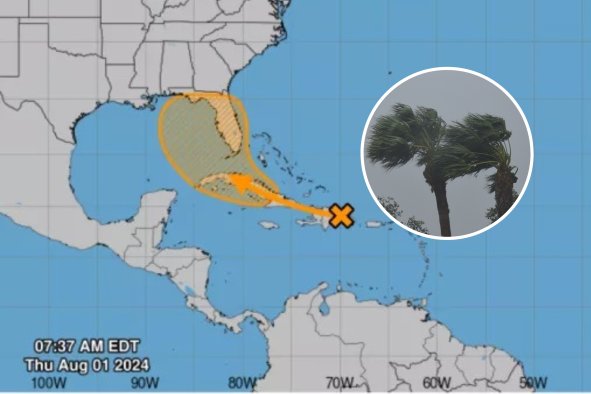Scientists have developed a method to "transform" patient skin cells into brain neurons, enabling the study of Alzheimer's disease without the need for a brain biopsy.
This method has led to the discovery of a drug able to fight the damage in late-onset Alzheimer's disease.
Researchers at Washington University School of Medicine have successfully grown lab neurons that accurately replicate key features of dementia, such as amyloid beta buildup, tau protein deposits, and neuronal cell death, for the first time.
By studying these skin cells, the researchers identified aspects of the cells' genomes— called retrotransposable elements, which change their activity as we age—in the development of late-onset Alzheimer's disease.
"Sporadic, late-onset Alzheimer's disease is the most common type of Alzheimer's disease, representing more than 95% of cases," Andrew Yoo, senior author and professor of developmental biology, said in a statement.
"It has been very difficult to study in the lab due to the complexity of the disease stemming from various risk factors, including aging as an important contributor. Until now, we did not have a way to capture the effects of aging in the cells to study late-onset Alzheimer's."
The new method of transforming easily obtained skin cells from living patients directly into neurons allows scientists to study Alzheimer's effects on the brain without the risk of a brain biopsy, while preserving the age-related characteristics of the neurons.
After transforming skin cells into brain cells, the researchers found that the new neurons can grow in a thin gel layer or self-assemble into small clusters called spheroids, which mimic the 3D environment of the brain.
The scientists then compared neuronal spheroids generated from patients with sporadic, late-onset Alzheimer's disease, inherited Alzheimer's disease and healthy individuals of similar ages.
The Alzheimer's patients' spheroids rapidly developed amyloid beta deposits and tau tangles between neurons. Genes associated with inflammation were activated, followed by neuronal death, mirroring brain scans of actual patients.
In contrast, spheroids from older, healthy donors showed minimal amyloid deposition, indicating that the technique effectively captures age-related effects. This suggests that while amyloid beta and tau accumulation correlate with aging, Alzheimer's disease significantly exacerbates this buildup.
"In these patients, our new model system has identified a role for retrotransposable elements associated with the disease process," Yoo added.
"We were pleased to see that we could reduce the damage with a drug treatment that suppresses these elements. We look forward to using this model system as we work toward new personalized therapeutic interventions for late-onset Alzheimer's disease."
The researchers discovered that treating spheroids from late-onset Alzheimer's patients with drugs that prevent amyloid beta plaque formation early in the disease process significantly reduced amyloid beta deposits.
However, treatment at later stages, after some buildup had occurred, had no effect or only modestly reduced subsequent deposits, highlighting the importance of early diagnosis and intervention.
The study also identified retrotransposable elements in late-onset Alzheimer's development. Treating these "jumping genes" with the anti-retroviral drug lamivudine reduced amyloid beta, tau tangles, and neuronal death in patient spheroids.
However, lamivudine had no effect on early-onset inherited Alzheimer's spheroids, indicating distinct molecular features between sporadic late-onset and inherited Alzheimer's.
Moving forward, the researchers are planning future studies with spheroids that include multiple types of brain cells, including neurons and glia.
Do you have a tip on a science story that Newsweek should be covering? Do you have a question about Alzheimer's disease? Let us know via science@newsweek.com.
Disclaimer: The copyright of this article belongs to the original author. Reposting this article is solely for the purpose of information dissemination and does not constitute any investment advice. If there is any infringement, please contact us immediately. We will make corrections or deletions as necessary. Thank you.



